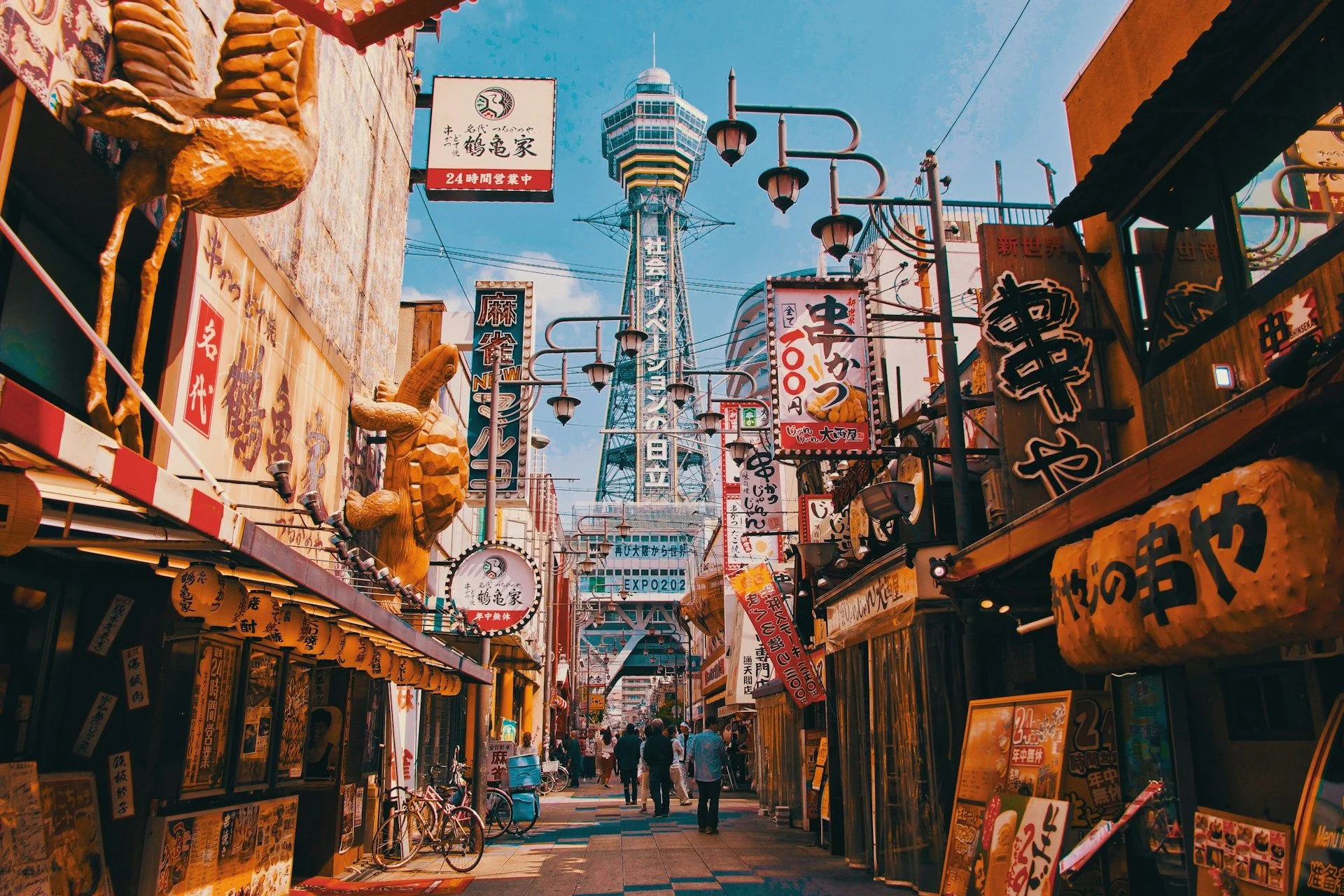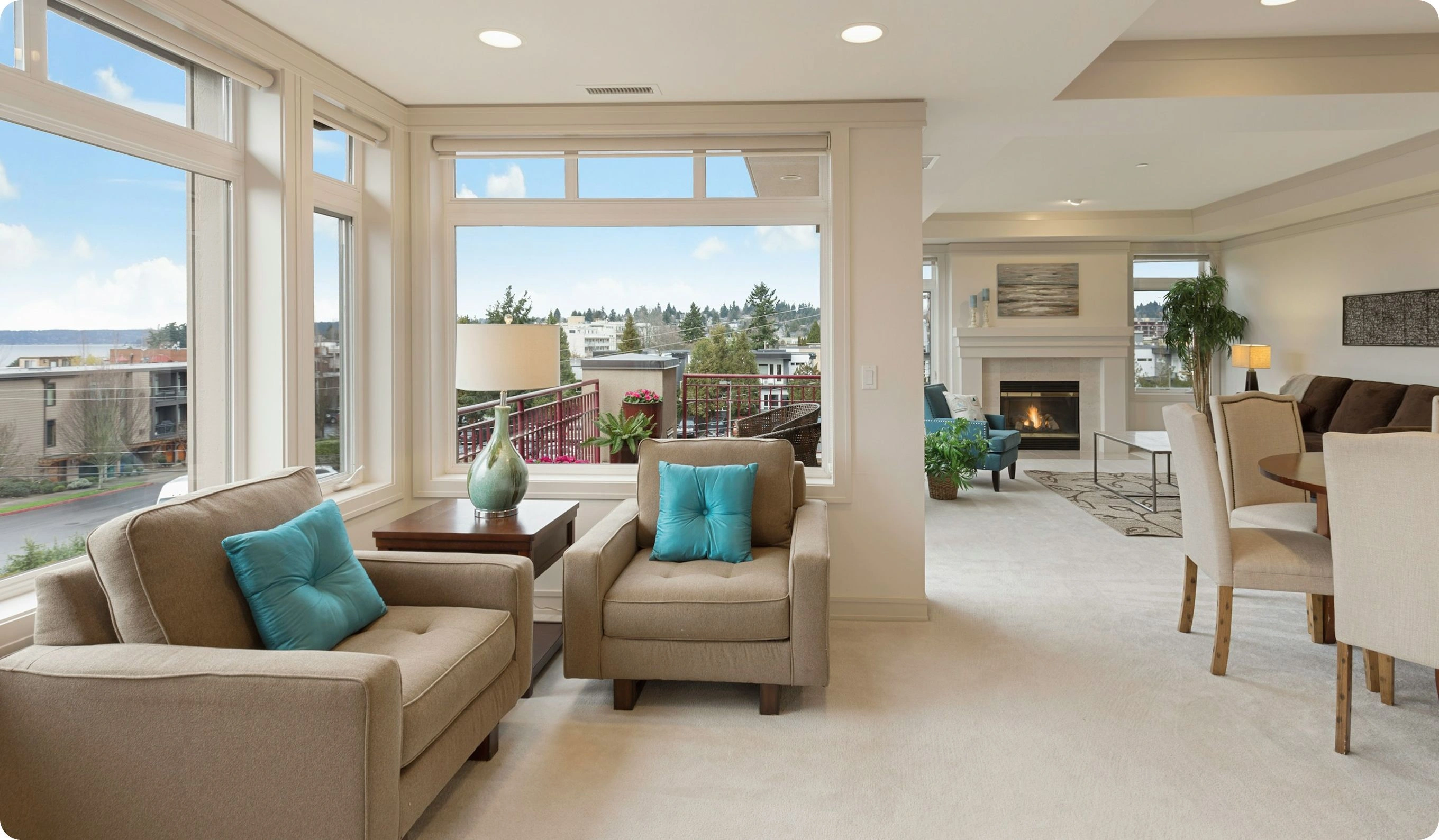Capital Growth Real Estate Opportunities in OsakaCity of bridges, marketsand bold energy

Best offers
in Osaka
Benefits of investment in
Japan real estate
Tokyo and Osaka attract steady investment
Developed infrastructure, rental stability, and global city status make Japanese metros a secure option.
Clear legal system and strong ownership rights
Property laws are transparent and favorable to foreign buyers, with no restrictions on ownership.
Demand in compact towns and ski regions
Tourist areas like Niseko and Hakuba show seasonal returns and growing foreign interest.
Tokyo and Osaka attract steady investment
Developed infrastructure, rental stability, and global city status make Japanese metros a secure option.
Clear legal system and strong ownership rights
Property laws are transparent and favorable to foreign buyers, with no restrictions on ownership.
Demand in compact towns and ski regions
Tourist areas like Niseko and Hakuba show seasonal returns and growing foreign interest.

Useful articles
and recommendations from experts
Real Estate in Osaka, Japan
Why Invest in Property in Osaka
Osaka, Japan’s third-largest city and a major economic hub in the Kansai region, offers a strong real estate market supported by a mix of tourism, commerce, manufacturing, and cultural appeal. Known for its business-friendly environment and affordability compared to Tokyo, Osaka attracts domestic and foreign investors alike. With an expanding metro network, preparations for the Osaka Expo 2025, and continued foreign tourism growth, the city offers long-term value in both residential and commercial sectors.
Types of Properties Available
Osaka’s property market includes diverse investment options:
- Modern high-rise condominiums — Found in Umeda, Namba, and Shin-Osaka, ideal for long-term leases or corporate rentals.
- Traditional houses and compact apartments — In neighborhoods like Tennoji, Nishinari, and Sumiyoshi, offering higher yield potential.
- Commercial units — Retail stores, offices, and mixed-use buildings located in tourist zones and business districts.
- Serviced apartments and guesthouses — Near key train stations or tourist attractions like Dotonbori and Osaka Castle.
- Multi-unit buildings — Small apartment complexes generating stable monthly income with minimal management.
Foreign Ownership and Legal Conditions
Japan’s property laws are very accommodating to foreigners:
- Foreigners can buy freehold property — Including land and buildings, without any special residency status.
- Ownership is clearly registered — At the Legal Affairs Bureau via judicial scriveners (shiho shoshi).
- Transactions follow standardized procedures — Ensuring legal safety and transparent title transfer.
- No limitations on property type or location — Foreigners may buy in central Osaka or outlying districts.
Market Prices and Investment Trends
Osaka offers more affordable entry points than Tokyo while still delivering urban advantages:
- Studio apartment in Namba or Umeda: $70,000 – $150,000
- 2-bedroom condo in central ward: $200,000 – $350,000
- Traditional house in residential district: $100,000 – $250,000
- Commercial unit near Shinsaibashi: $3,000 – $6,000 per sq. meter
- Multi-unit apartment block: $400,000 – $1.2 million depending on size and location
Rental Demand and Returns
Osaka’s rental market is powered by:
- Students and local professionals — Especially in wards like Ikuno, Nishinari, and Tennoji.
- Foreign workers and digital nomads — Seeking furnished and centrally located rentals.
- Short-term visitors and tourists — Making use of the city’s extensive Airbnb and minpaku offerings.
- Studio apartment (1K): $500 – $800/month
- 2-bedroom condo: $900 – $1,500/month
- Guesthouse near Dotonbori: $60 – $150/night
- Retail storefront (Namba): $2,500 – $5,000/month
Top Investment Areas in Osaka
Osaka’s strongest real estate districts include:
- Namba and Shinsaibashi — High-traffic tourist zones with demand for short-term rentals and retail space.
- Umeda (Kita Ward) — Commercial and office hub with strong tenant demand for apartments and retail.
- Tennoji and Abeno — Rapidly developing areas with new malls, transport hubs, and family demand.
- Bay Area and Yumeshima — Future site of Expo 2025 and potential gaming/entertainment developments.
- Nishinari and Ikuno — Lower-priced zones with high rental yields and renovation potential.
Purchase Procedure and Fees
Buying property in Osaka involves these steps:
- Hire an agent — English-speaking firms assist with listings, negotiation, and contract drafting.
- Conduct due diligence — Including land rights, tenant status (if tenanted), zoning, and inspection.
- Sign purchase agreement — Via notary and pay the deposit (typically 10%).
- Complete transaction with scrivener — Register title, pay taxes, and receive deed.
- Agent commission: ~3% of property value + ¥60,000 (~$400)
- Stamp duty: ~$100 – $700 depending on price
- Registration and license tax: ~0.2% – 0.4%
- Judicial scrivener fee: ~$1,000 – $2,000
Who Should Invest in Osaka
Osaka is an excellent match for:
- Yield-seeking investors — Looking for cash flow in rental-heavy districts.
- Short-term rental operators — Capitalizing on tourist traffic near Dotonbori and Umeda.
- Long-term portfolio builders — Taking advantage of city-wide infrastructure and Expo-related growth.
- First-time foreign investors — Attracted by affordability and clear regulations.
Conclusion
Osaka presents a rare balance of affordability, accessibility, and consistent returns in one of Japan’s most dynamic cities. Whether investing in compact apartments, commercial spaces, or hospitality-oriented units, the city offers secure ownership rights, solid yields, and broad rental demand. With the momentum from upcoming events and long-term urban planning, Osaka remains a strategic choice for real estate investors in Japan.
